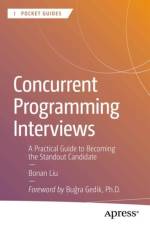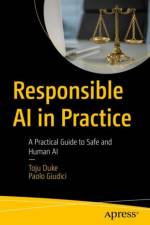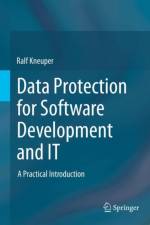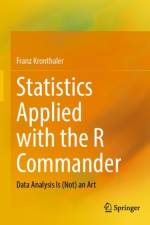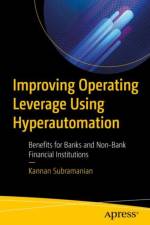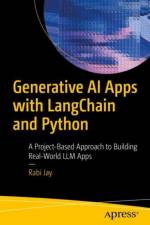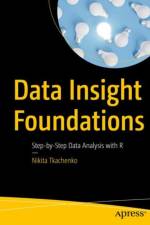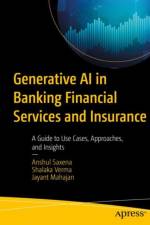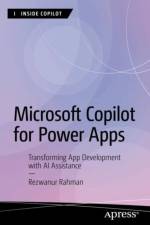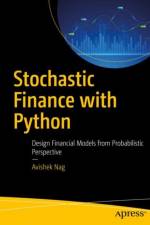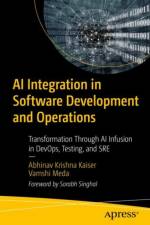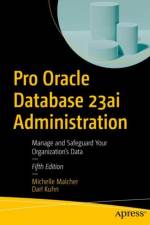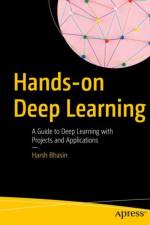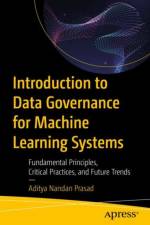av Abhinav Krishna Kaiser
687
Discover how Artificial Intelligence (AI) is transforming the fields of software development, testing, and IT operations by enhancing efficiency, reducing human error, and accelerating processes. This book showcases the practical applications of AI-driven tools, such as automating coding, testing, and operational tasks, predicting potential issues, and optimizing performance.Aimed at digital leaders, practitioners, and customers, this book provides strategic insights and actionable guidance on how to integrate AI technologies to boost productivity, enhance product quality, and streamline development cycles. It serves as a comprehensive guide for those looking to leverage AI to drive innovation, cut costs, and stay competitive in an ever-evolving technological landscape.You'll explore how AI can be integrated into software development, testing, and IT operations to improve efficiency, accuracy, and speed. Through real-world use cases, you'll see how AI-driven tools can automate tasks, reduce human error, and improve processes across the development lifecycle. AI Integration in Software Development and Operations offers actionable insights on using AI to accelerate innovation, enhance product quality, and optimize costs in your modern software and IT environments. You will: Review the SDLC lifecycle, DevOps, SRE and accompanying topics Understand machine learning basics, AI techniques, and data preprocessing for DevOps Explore how AI integration into all phases of SDLC boosts productivity, increases effectiveness, and reduces human error Gain a familiarity with AI tools, their use cases, and the value in integrating them





